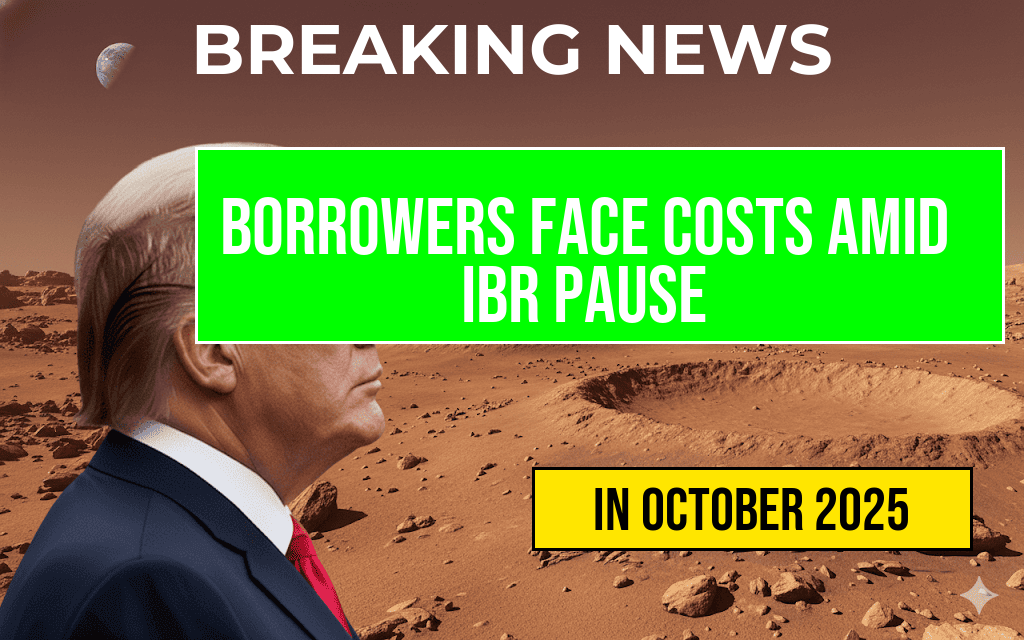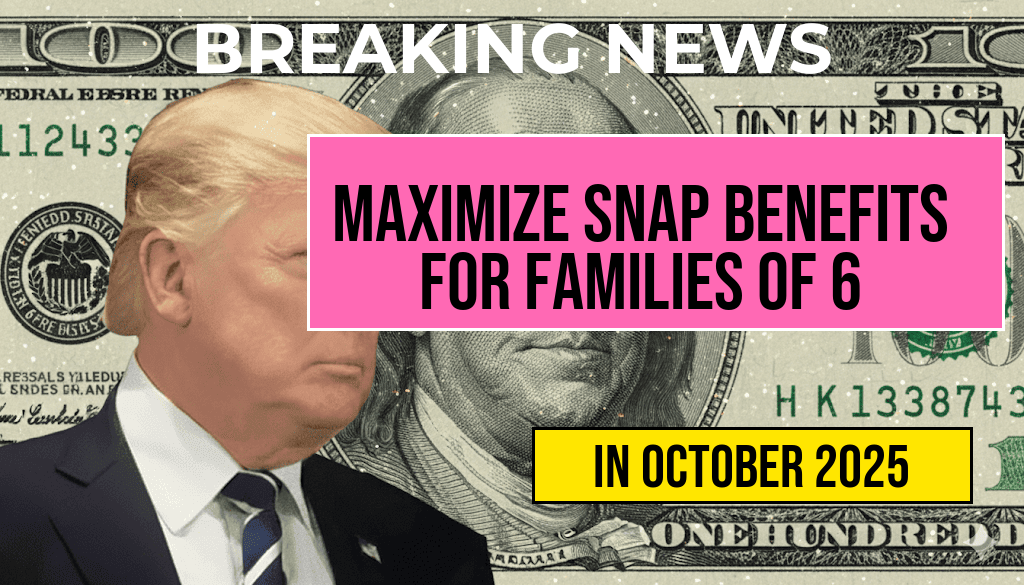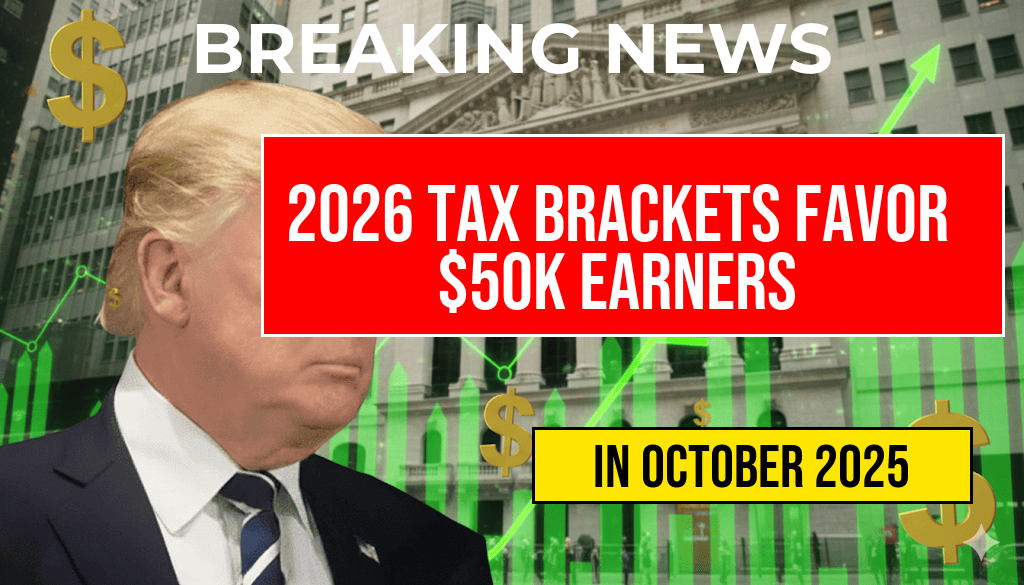Borrowers across the United States are grappling with unexpected costs totaling hundreds of dollars as a result of the recent pause on Income-Driven Repayment (IDR) plans. While the Biden administration has committed to refunding affected borrowers, the timeline for these reimbursements remains uncertain. The pause, initially implemented in response to the COVID-19 pandemic, has left many borrowers in a state of confusion and concern as they navigate their financial obligations amidst shifting policies.
The Impact of the IBR Pause
The suspension of payments for federal student loans has been in effect since March 2020, allowing borrowers to temporarily halt their monthly payments without penalties. However, as the pause continues, many borrowers have discovered that they are still incurring costs related to their loans, including interest accumulation and administrative fees.
Rising Costs for Borrowers
As of now, borrowers on Income-Based Repayment (IBR) plans are facing an uphill battle. Some borrowers report costs exceeding $300, primarily due to ongoing interest accrual. According to the U.S. Department of Education, interest on student loans continues to accumulate even during the pause, which poses significant challenges for those with substantial loan balances.
- Interest continues to accrue, leading to higher overall loan amounts.
- Administrative fees are being assessed during the pause period.
- Borrowers may face difficulties in planning their finances due to the uncertainty regarding repayment terms.
Refund Process and Timeline
The Biden administration has promised that borrowers who have incurred additional costs will receive refunds, but the exact timeline for these reimbursements has yet to be determined. The Department of Education is working to establish a clear process for issuing refunds, but many borrowers remain anxious about when they will see their money returned.
Regulatory Changes and Future Implications
The ongoing pause has also sparked discussions about the future of student loan repayment in the U.S. As the administration navigates the complexities of student loan reform, borrowers are left to wonder how these changes will affect their financial futures. The recent Supreme Court decision to strike down the student loan forgiveness plan has added another layer of uncertainty for many.
What Borrowers Should Expect
While borrowers await clarity on refunds and payment plans, financial advisors suggest that they review their individual loan situations carefully. Here are some steps borrowers can take:
- Assess Loan Terms: Understand the specifics of your loan, including interest rates and repayment options.
- Stay Informed: Keep up with updates from the U.S. Department of Education regarding the status of the IBR pause and refunds.
- Consider Financial Counseling: Seek advice to navigate the complexities of student loan repayment and budgeting.
The Bigger Picture
The situation surrounding the IBR pause and the associated costs is indicative of broader challenges faced by borrowers in the current financial landscape. With student debt reaching unprecedented levels in the U.S., the need for comprehensive reform and clearer communication from policymakers has never been more critical.
Conclusion
As borrowers continue to face hundreds of dollars in costs due to the IBR pause, the promise of refunds introduces a glimmer of hope but leaves many questions unanswered. The ongoing evolution of student loan policies will significantly impact borrowers in the coming months, emphasizing the importance of staying informed and proactive in managing student loan debt.
For more detailed information on student loans and repayment options, borrowers can consult resources from the U.S. Department of Education, Forbes, and Wikipedia.
Frequently Asked Questions
What is the IBR pause and how does it affect borrowers?
The IBR pause, or Income-Based Repayment pause, is a temporary suspension of payment requirements for borrowers in income-driven repayment plans. This pause can lead to additional costs for borrowers due to accrued interest and other fees that may not be mitigated during this period.
What costs are borrowers facing during the IBR pause?
During the IBR pause, borrowers may incur hundreds of dollars in costs primarily due to continued interest accumulation on their loans. This situation can result in a higher total loan balance when repayments resume.
Will borrowers receive refunds for costs incurred during the IBR pause?
Yes, borrowers are promised refunds for certain costs incurred during the IBR pause. However, the timeline for these refunds is currently undetermined, leaving many borrowers anxious about the financial implications.
How can borrowers prepare for the resumption of payments?
To prepare for the resumption of payments, borrowers should review their loan agreements, consider their financial situation, and potentially consult with a financial advisor to create a repayment strategy that minimizes future costs.
What steps are being taken to address the issues caused by the IBR pause?
Efforts are underway to address the negative impacts of the IBR pause, including the promise of refunds and potential policy changes to ensure that borrowers are not disproportionately affected by the pause in payment requirements.






